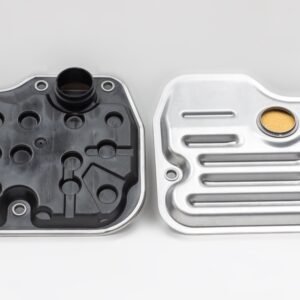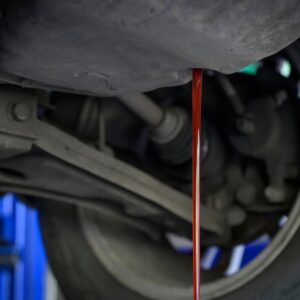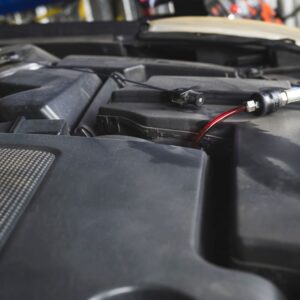Where is the Transmission Located?
The exact location of the transmission differs depending on whether you’re driving a front-wheel drive vehicle or a rear-wheel drive vehicle.
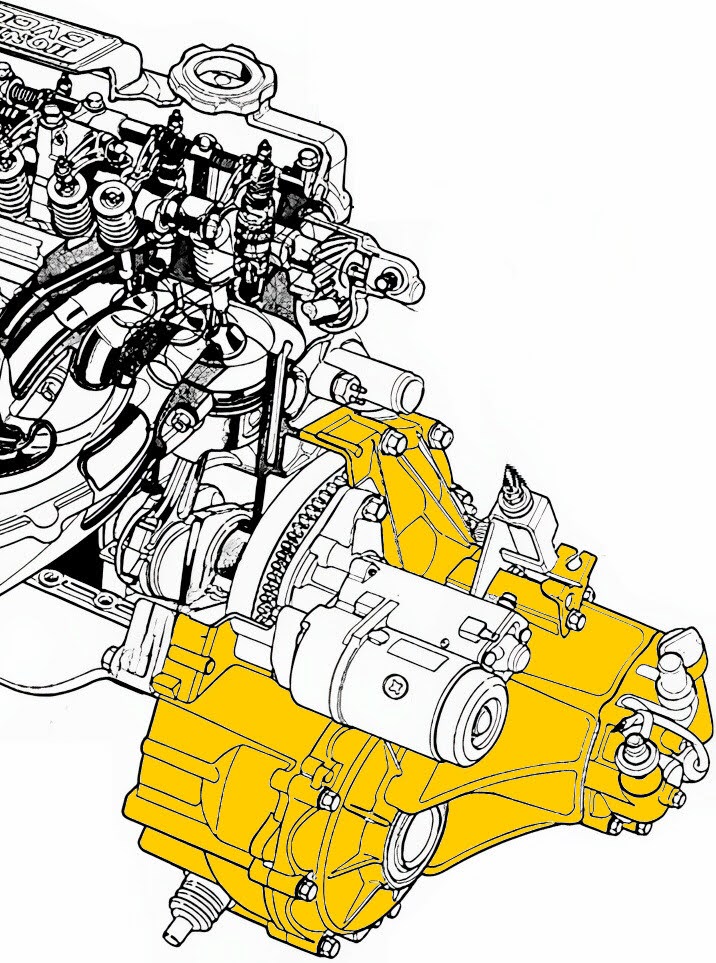
For front-wheel drive cars, it’s called a transaxle, and you can expect to find it underneath the hood. It will be bolted to the business end of the engine and the crankshaft. It is usually about a third or half the size of the engine. The drive axles attach to either side of the final drive portion of the transaxle (see drawing).
On some Hondas and Mitsubishi vehicles, the transaxle is on the passenger side of the crossways mounted engine, but on most front wheel drive vehicles, it’s on the driver side.
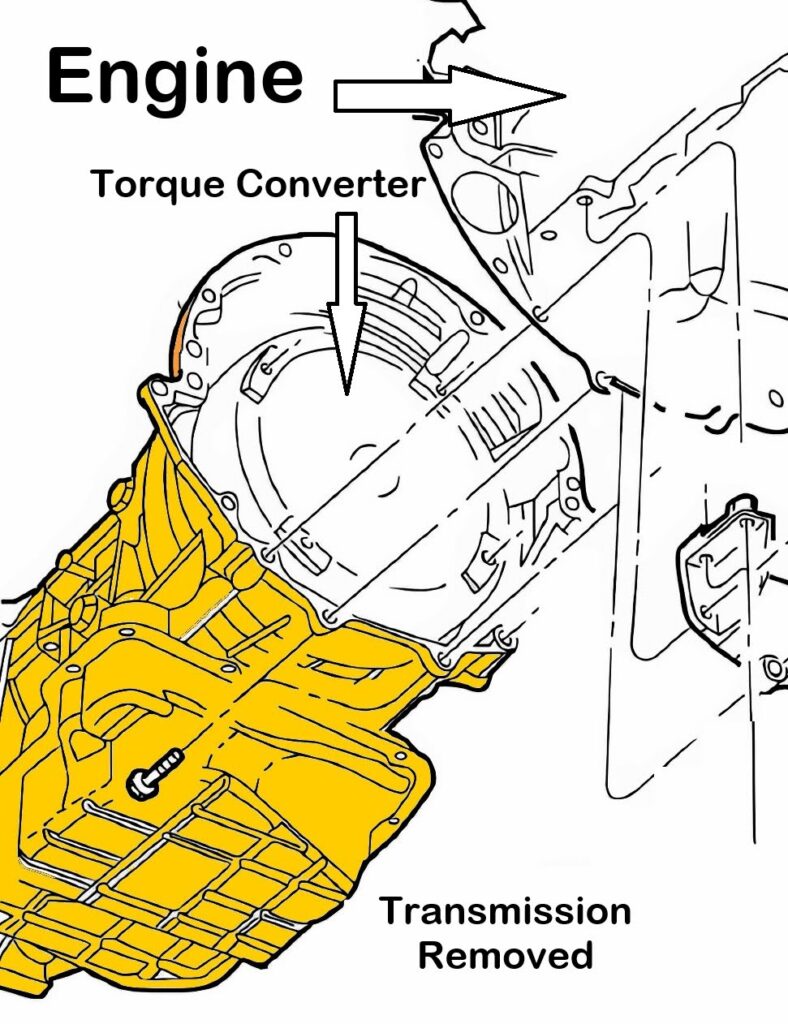
On the other hand, for rear-wheel drive cars, the transmission will still be bolted to the business end of the engine but will be underneath the “tunnel” that runs from the front of the car to the back of the passenger area (see diagram).
Tips to Access the Transmission
Whether you’re merely inspecting the transmission or attempting to replace it, always remember these handy tips before trying to access it. This way, you can minimize the risk of injuring yourself or accidentally damaging your vehicle.
Caution: If you don’t know how to remove the transmission and aren’t wrench smart, don’t try it without experienced help. You can very easily get in a lot of trouble removing a transmission if you haven’t done it before and don’t know how.
- Prioritize your safety by parking your vehicle on a flat and even surface before raising the hood of your vehicle. You shouldn’t have the engine running when you do this.
- It’s a good idea to drain the transmission fluid before removing the transmission. Always disconnect cables and wires connected to the transmission.
- On rear-wheel-drive transmissions, you’ll need to disconnect the driveshaft and shift linkage. On front-wheel-drive transmissions, you’ll need to disconnect the shift linkage and drive axles, which is fairly complicated.
- On front-wheel-drive transmissions, expect to have to remove the subframe and everything that is connected to it; this is a major operation. You’ll need a fixture to support the engine from above during the process.
- On automatic transmissions, the starter will need to be removed along with the transmission dipstick and tube. In many cases, the exhaust system will need to be removed. The torque converter needs to be unbolted from the flex plate, and while you’re doing this, never turn the engine backwards; on some engines, you’ll put the engine out of time that way. You unbolt the transmission from the engine and move it straight back while supporting it strapped down to a jack.
- On manual transmissions, you’ll need to remove the shifter or shift and clutch linkage or fluid line connections and any wiring that may be connected to the transmission. You unbolt the transmission from the engine and move it straight back while supporting it strapped down to a jack.
What Makes the Transmission So Important?
The transmission of your vehicle is responsible for transferring power from the engine to the wheels, allowing it to move forward or backward. It is also responsible for controlling the speed delivered to the wheels, allowing the driver to control how quickly the vehicle moves. Torque can also be adjusted to help drivers adapt to different driving conditions.
Any information provided on this Website is for informational purposes only and is not intended to replace consultation with a professional mechanic. The accuracy and timeliness of the information may change from the time of publication.




